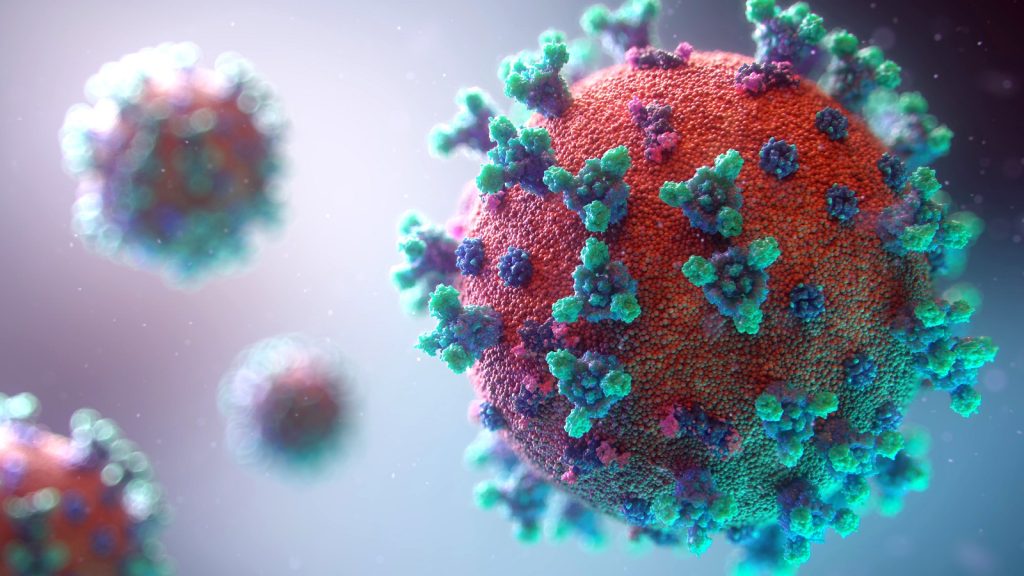Researchers just discovered an entirely new class of life living inside humans – BGR

Sign up for our daily newsletterBGR’s team sends an AM subscriber-only newsletter with the top tech & entertainment stories at 9AM ET. Sign up to read it.By signing up, I agree to the Terms of Use and
have reviewed the Privacy Notice.
If you buy through a BGR link, we may earn an affiliate commission, helping support our expert product labs.The human body is an amazing, curious, and disgusting thing. At any given moment, millions of tiny lifeforms are making their way across your body—both inside and out. And now, researchers say they’ve discovered an entirely new class of life within the human body, the digestive system, to be exact. These new life forms are called Obelisks, and researchers say that they first believed they might be viruses.However, after studying them a bit more in-depth, the researchers believe that while they appear similar to viruses in some ways, they do not have any detectable sequences or even structural similarities to other known biological agents that we have encountered. So, if they are viruses, they’re something entirely new.
However, the chances of this new class of life within the human body being a virus are slim, especially since the researchers say they have so far identified at least 30,000 different Obelisks. Further, they appeared in roughly 10 percent of the human microbiomes that the team examined while working on a preprint paper. This, the researchers say, supports the idea that Obelisks might include colonists of these different microbiomes.Exactly where these Obelisks come from, though, is still very unclear. Researchers are still unsure exactly what might play “host” to these different pieces of genetic material. However, they all seem to include codes for a new protein class that the researchers have begun to call Oblins.Sign up for the most interesting tech & entertainment news out there.By signing up, I agree to the Terms of Use and have reviewed the Privacy Notice.Instructions for building these proteins appear to take up at least half of the genetic material found in this new class of life. Additionally, the researchers say that the ability to code for proteins makes the Obelisks much different from other known RNA loops, like viroids.
However, they also don’t seem to have the genetic makeup to create the protein shells that RNA viruses are known for—including COVID-19—which allows the viruses to live when they are outside of their cells. The researchers’ paper is available on the preprint server bioRxiv, and further peer review is needed to determine the true value of these findings.Josh Hawkins has been writing for over a decade, covering science, gaming, and tech culture. He also is a top-rated product reviewer with experience in extensively researched product comparisons, headphones, and gaming devices.Whenever he isn’t busy writing about tech or gadgets, he can usually be found enjoying a new world in a video game, or tinkering with something on his computer.Sign up for the most interesting tech & entertainment news out there.By signing up, I agree to the Terms of Use and have reviewed the Privacy Notice.BGR’s audience craves our industry-leading insights on the latest in tech and entertainment, as well as our authoritative and expansive reviews.We guide our loyal readers to some of the best products, latest trends, and most engaging stories with non-stop coverage, available across all major news platforms.Founded in 2006Over 2 billion visitors100K+ articles publishedMillions of readers helped
Honest news coverage, reviews, and opinions since 2006.-
Jonathan S. Geller, FounderBGR is a part of Penske Media Corporation.
© 2024 BGR Media, LLC. All Rights Reserved.



